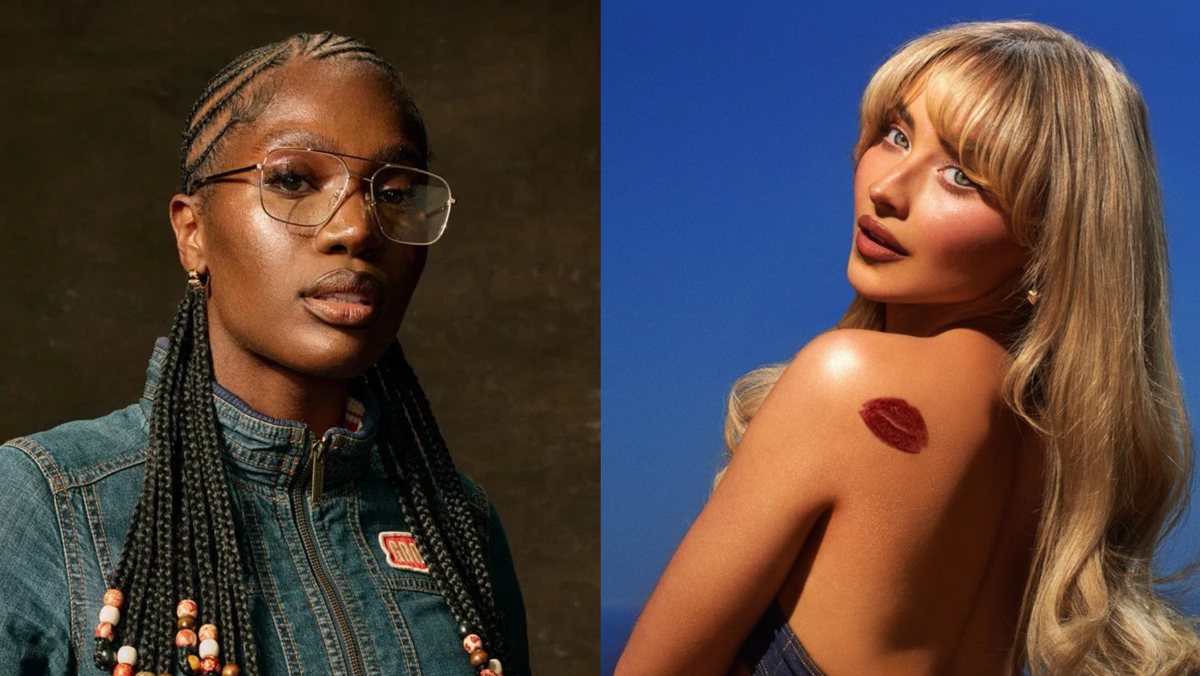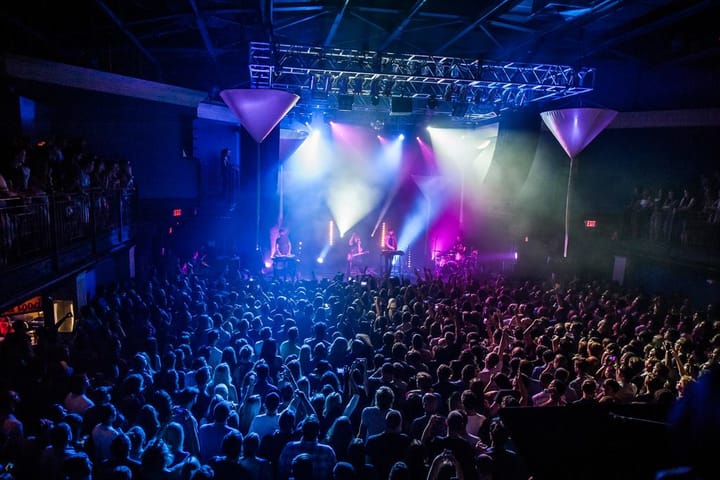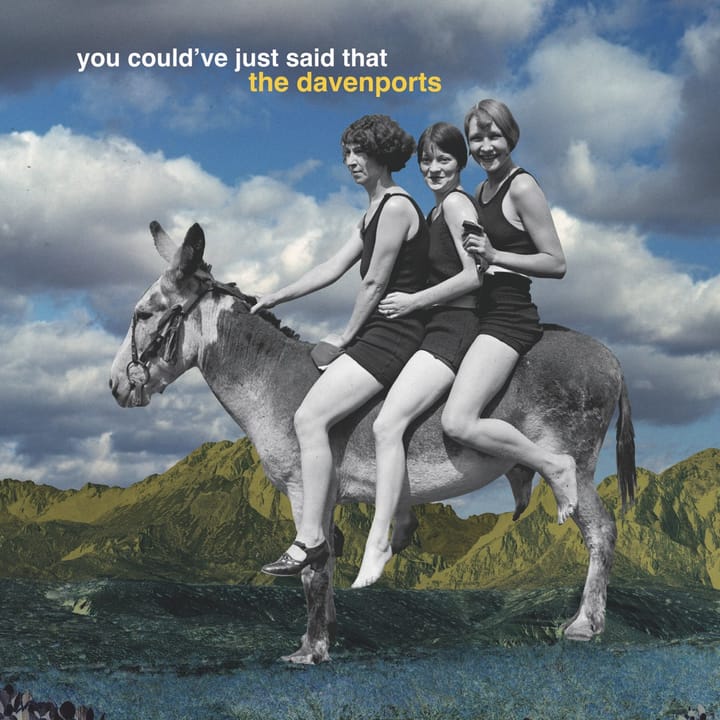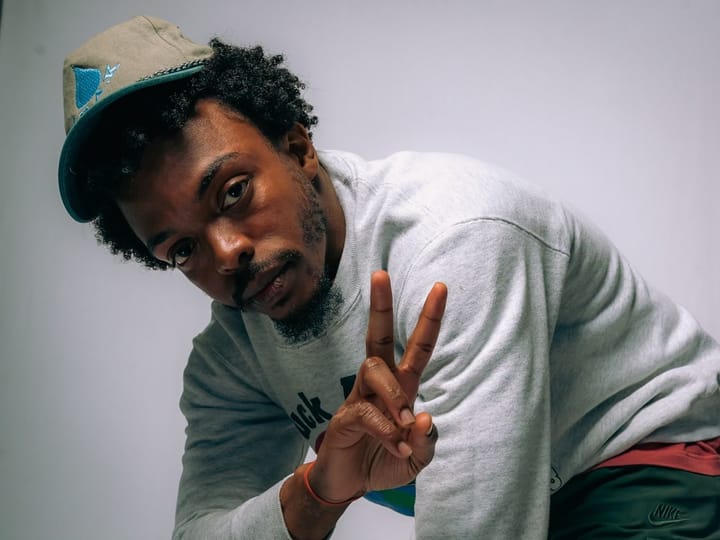The Music Industry's Image Is Going Female

A growing wave, or “femininomenon,” of female musicians in pop culture is putting more women in charge of the conversation
On March 29, Billboard will host its annual 2025 Women in Music Awards, casting light on those in the industry who have carved out their moment in music history. The evening’s line-up will be full of breakout stars like Doechii, GloRilla, Gracie Abrams, and Tyla, with Laverne Cox hosting. This year’s women in music have a lot to celebrate.
From the recording studios to the song charts, women have transformed genres and transfixed audiences for years. But they have not always gotten the same recognition as their male counterparts. For the past decade, just about 20% of the top 100 songs each year have been by women. Only about 14% of songwriters are female. And even fewer — less than 6% — of songs on the charts have had female producers. Playlists curated by the most popular streaming services have been favoring men. Women are overwhelmingly getting put on the B side of the industry’s tapes.
However, they’re also finally getting a chance to spin the trajectory. The past two years have sustained a marked increase in representation, with 2023’s top 100 hits surging to 35% women and 2024’s bumping up to nearly 38%.
Last year’s number comes with some caveats: mainly that the nudge on the needle isn’t necessarily more women, but fewer men. Dr. Stacy L. Smith, a music researcher at USC, says the charts show “it is the number of men that has declinedwhile the number of women in 2024 was consistent with prior years.”
“For those interested in seeing change in the music industry, this is not a sign of progress,” Smith adds. The positive push might not translate to a lot of behind-the-scenes efforts to elevate women. Still, stats aside, it’s undeniable that women left a remarkable impression on listeners and pop culture that could pave the way for a push for industry parity.
Looking back on 2024, a major portion of the artists that lingered in everyone’s minds and playlists were women. While in sheer numbers, they still have a ways to go for equality in the industry, our cultural moment has opened the door to more women shaping the conversation. Female pop and rap stars are not just making music—they are becoming cultural icons more than ever, engrossing listeners and sculpting our way of engaging with music.
2024’s pop pundit troika Charli XCX, Sabrina Carpenter, and Chappell Roan are prime cases of women driving cultural moments that grabbed the world, everyone from the average TikTokkers to Kamala Harris to the foreign alliance NATO.
Female pop stars had a record-breaking year: seven of the top ten pop singers were women. They remarkably featured a blend of newer sensations like Carpenter and Chapell Roan, who sat side-by-side on the charts with longtime stars like Taylor Swift and Billie Eilish. Chappell Roan, of course, had a meteoric rise, garnering 20 million monthly listeners in the span of a few months and drawing in hordes of fans to her shows.

The pop princess persona has been an undeniable tour de force in the media this year. These women stars have genuinely captivated attention, and as a collective, they show that female artists are commanding the cultural direction and promoting strong female narratives.
Some of their influence is more superfluous in pursuit of fans seeking connections to the artists’ wider club (of the Pink Pony variety, in Chappell’s case). Chappell’s spunky Midwest image inspired many of her listeners to don hunting camouflage. Sabrina Carpenter’s “Espresso” drove the trendy martini version even further up in popularity. Charli XCX had people calling everything “brat.” Remi Wolf’s whimsical, wistful “Cinderella” played in every restaurant and store this year.
On the surface, their music is catchy, infectious, and invigorating. But it’s not just about the beats and melodies. Their signature sounds toy with elements smashing together brazen electronic beats and shimmering instrumentation to complement unique vocal styles, from coquettish chords to robotic rhythms. It’s a unique blend that sets them apart and keeps listeners hooked.
But it goes further than that. These women’s sound perceives one set of emotions, while their words emulate another. Their music “goes there” as TIME writer Moises Mendez II has said about Roan. They’re honest, and they tackle real subjects. Roan sings about navigating challenges in queer love under the mellifluous “Good Luck Babe!” Charli XCX’s club ravey “BRAT” reveals her insecurities and complex family dynamics that lie underneath. The word itself took on an entirely new meaning, from that of a temper tantrum-prone child to embracing nonconformity and emotions.
Carpenter often relies on seemingly superficially silly lyrics, singing about Nintendo and Mountain Dew in “Espresso” to make meaning out of not taking life so seriously. But in other ways, she conveys the subtle importance of women taking a firm stance when they aren’t taken seriously themselves. Remi Wolf also emphasizes levity in her music, with quirky analogies and funky disco-esque beats that can convey deeper emotional monologues into mental health and sexuality.
Others, like Beyoncé, wrote frank anthologies about what it’s like being a woman in the industry, singing about how she felt confined by her identity and critics that she couldn’t break into a new sound because of who she is. “They used to say I spoke too country, Then the rejection came, said I wasn’t country ‘nough,” she spits out, the opening words of Cowboy Carter. “They don’t, don’t know how hard I had to fight for this, When I sing my song.” She repeatedly asks, “Can you hear me,” making sure the world is ready to listen this time. Her open letter to the industry asking it to shed its expectations of women, people of color, and their genres, won her Best Country Album at the Grammys this year.

They all are packaging vulnerability, honesty, and topics other pop stars don’t often touch in the accessible format of a serotonin-boosting rhythm and melody. The resulting effect is fans feeling connected to the lyrics they identify in themselves, in a poignantly euphoric song that can liberate the complex discussions from their heaviness. This formula has taken the audience by storm, as what’s truly behind the domination of brats, midwestern princesses, and female pop energy pulsating through the zeitgeist.
It’s happening in the rap world, too. In recent years, female rappers have been among the most exciting spaces to push past genre thresholds. They are making music that is markedly more fun. Rising hip-hop mavens like Doechii, Latto, and Flo Milli have widened the doors for hip-hop and rap to take on new dimensions. Other mainstays of the hip-hop industry, like Cardi B, Megan Thee Stallion, and Doja Cat, are building on their work of creating exuberant, tongue-in-cheek limericks.
Their fresh sound, bold aesthetics, sheer virality, and liberating “we do what we want” attitude, as London rapper Br3nya put it, have made females the future of rap.
Critics have noted that many of the men who have led the industry for so long are facing crises and singing about difficultchallenges, too, but at times, taking a maudlin toll on the direction of the genre’s sound. “The music bears the weight of all that anxiety and grief,” as New York Times’ Niela Orr writes.
Those hauntingly beautiful works of art made by men in hip-hop are extremely compelling in their own way. And many of them are creating tracks with ferocity and quirkiness, too. However, women’s popularity surge is a revolution that takes the genre’s boundaries further. They’re bringing a femme energy that’s crafty, ambitious, and alluring for how it can be both at times pointedly absurd and, at others, beautifully graspable in its honesty.
Doechii is one of the moment’s rap darlings, blasting onto the scene after becoming the first female rapper signed by her label. Her songs have ranged from her provocative “Yucky Blucky Fruitcake” to her raw take on “Anxiety,” but often retain a serious air behind the playful delivery. In her hit song last year, “DENIAL IS A RIVER,” her nostalgic sound of call-and-response conversation over embedded piano and electronic beats is evocative of some early aughts hip hop. But her version takes it much further with experimentation, including playing with flow and inflection and manic breathing exercises.
She’s a visionary of her craft, but she’s not alone: the past few years have seen droves of creative women rappers. Ice Spice’s storytelling and playful flow, GloRilla’s crunk vibes and hard-hitting lyricism, Flo Milli’s surefire self-confidence, Sexyy Red’s unapologetic sex positivity, and Saweetie’s vocal shape-shifting are all becoming household names and on their way to dominating the scene this year. Many have collaborated on songs, helping boost each other and melding their styles to create something new.

Each of these women has helped rewrite the rules of rap and hip hop and breathed life and exuberance into the industry, making it intoxicatingly thrilling. Something new is always around the corner.
But “female” is, of course, not a music genre, nor does it need to be a qualifier that precedes each artist’s title. It could go without saying that these women are making incredibly diverse music, and while collaboration can bring their styles together, they are each making their own art. What indie artists like Rachel Chinouriri are doing is not what rappers like Tierra Whack are seeking to create, nor Afrobeats starlings like Tems, lyricists like Gracie Abrams, or hip hop virtuosos like SZA. They’re all injecting differently vibrant threads into the moment’s cultural fabric.
It’s indisputable that the industry needs to make more progress on equality. Music production needs to open up to more women producers, songwriters, and performers to achieve a more equitable balance. To get there, women dominating the cultural landscape show that their work is just as powerful (if not sometimes more so) than their counterparts in the industry.
This is an era ushering in lasting impact, defined by creative expression, honesty, and blowing past boundaries for artists to be themselves. It’s opening a window for more listeners to feel seen and rooted in the shared experiences and lessons of female creators who are bold enough to be open about them. Down the line, with more equal numbers of women in the business, it could mold and eventually shatter the norms of music’s permeative effect in pop culture.



Comments ()